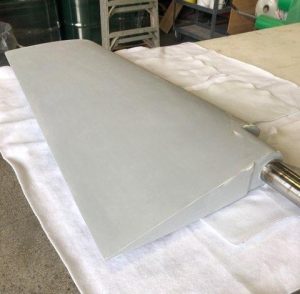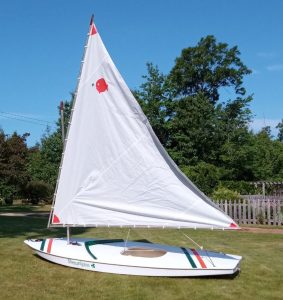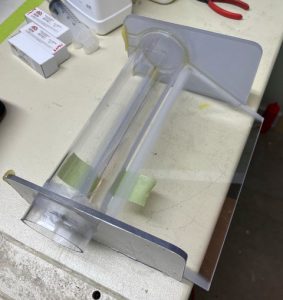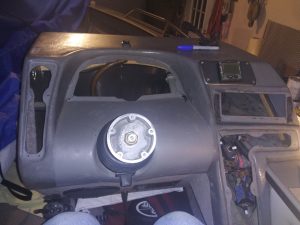By Don Gutzmer – GBI Technical Advisor What happens when the core of a water-damaged rudder can’t be saved? Completely replacing the core of a rudder may need to happen for a variety of reasons. There may be an inability to dry the core and still maintain the structural integrity, or the repair may need […]





